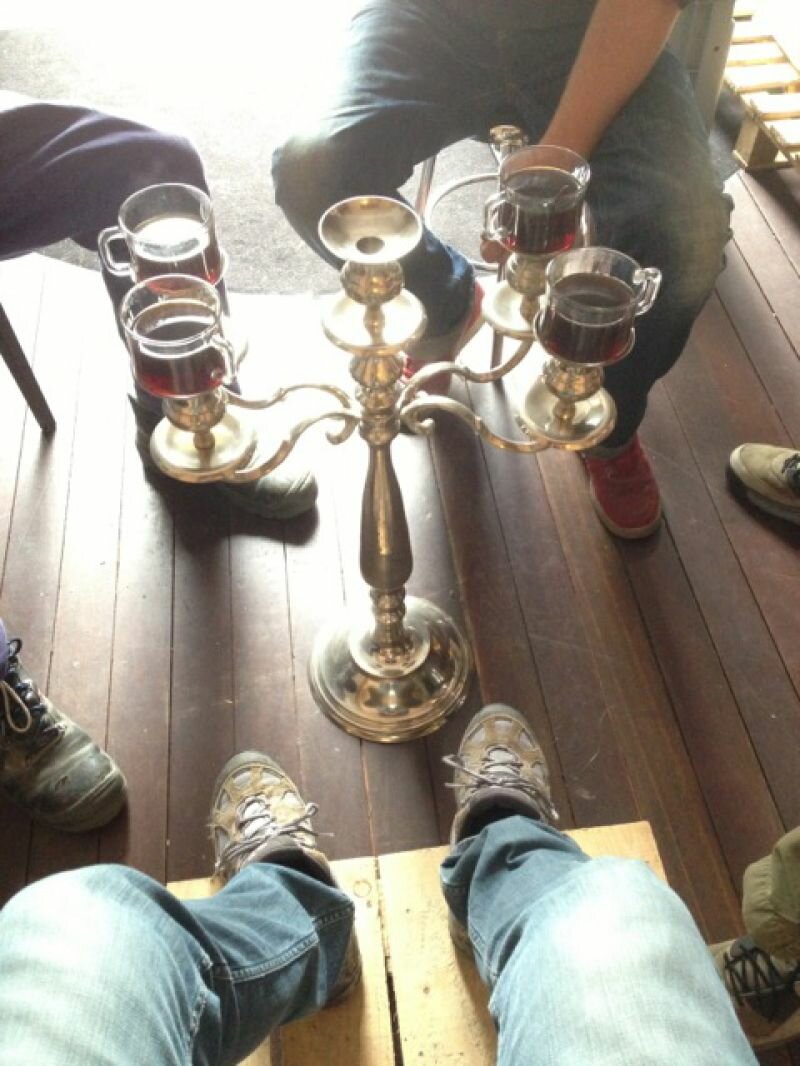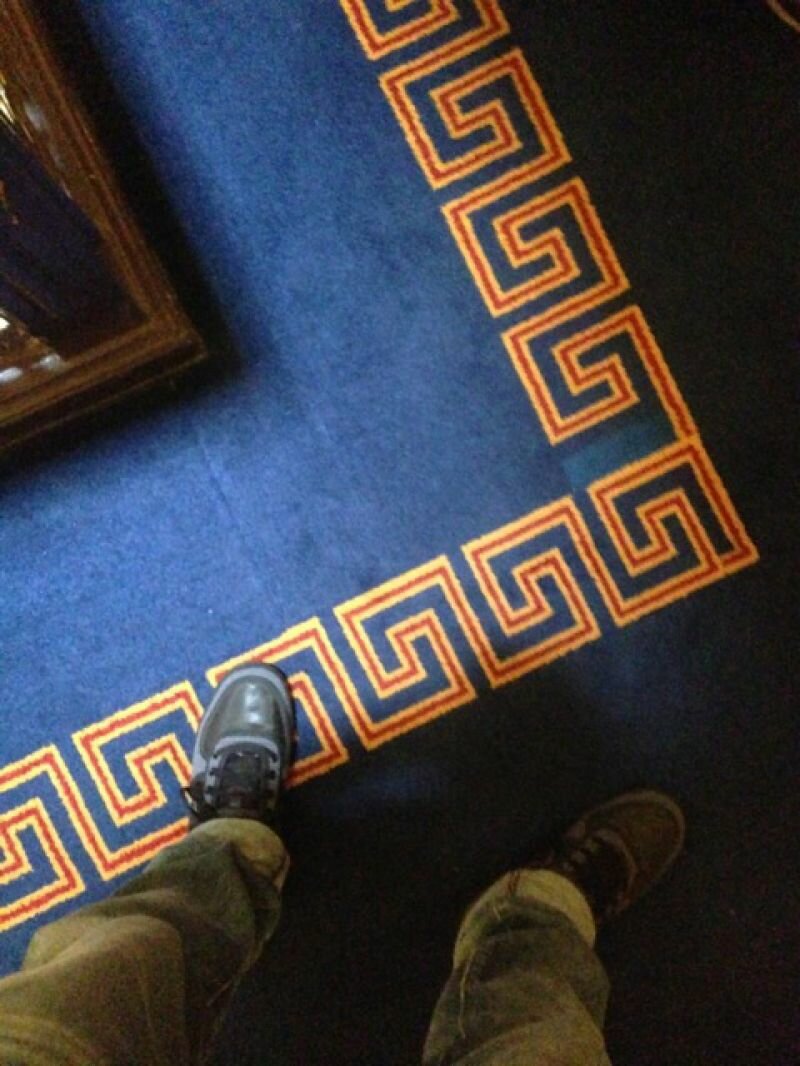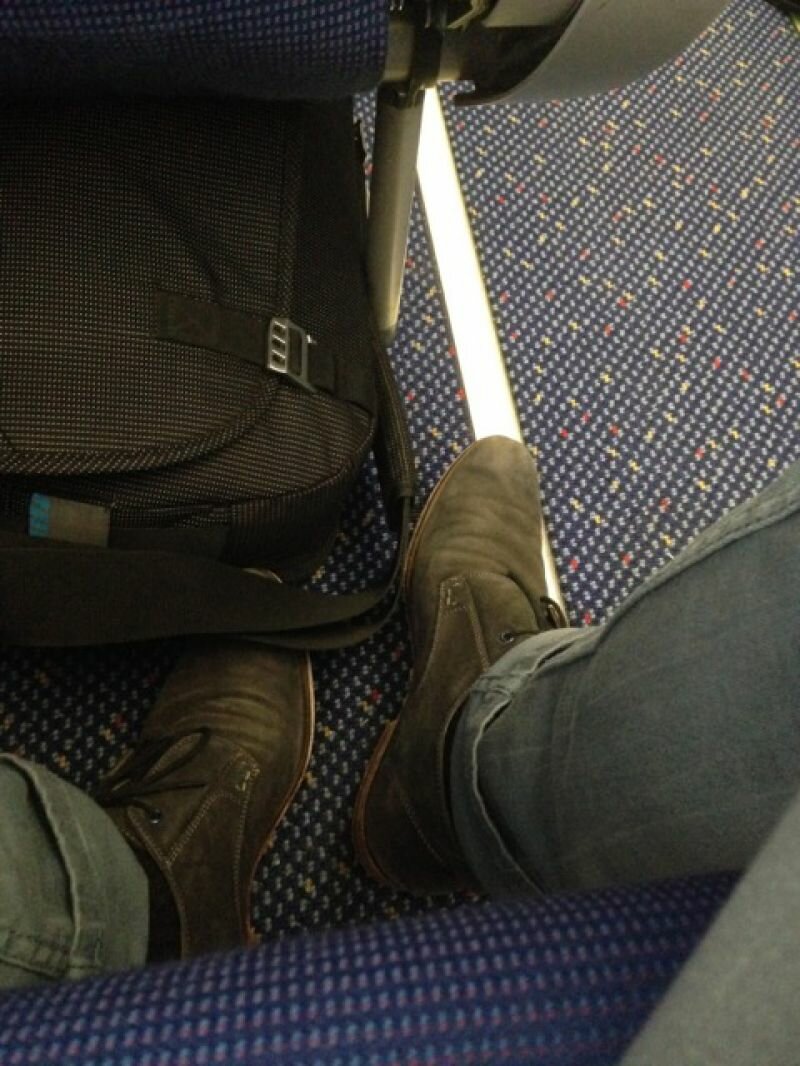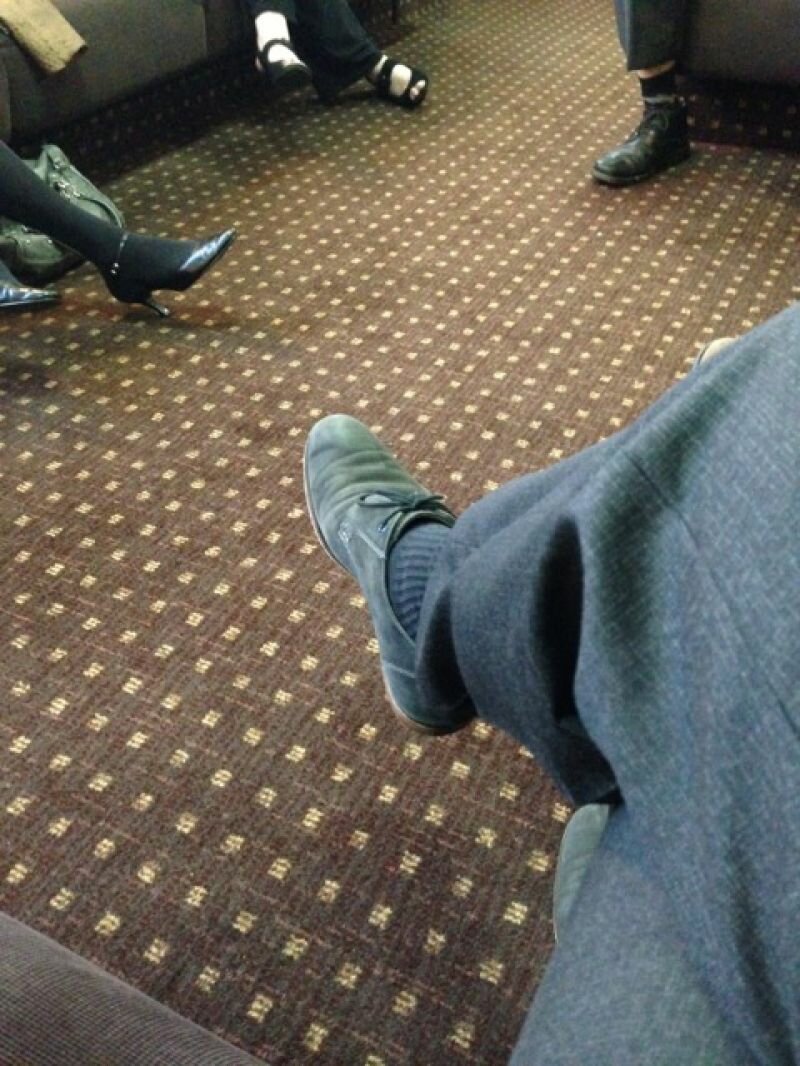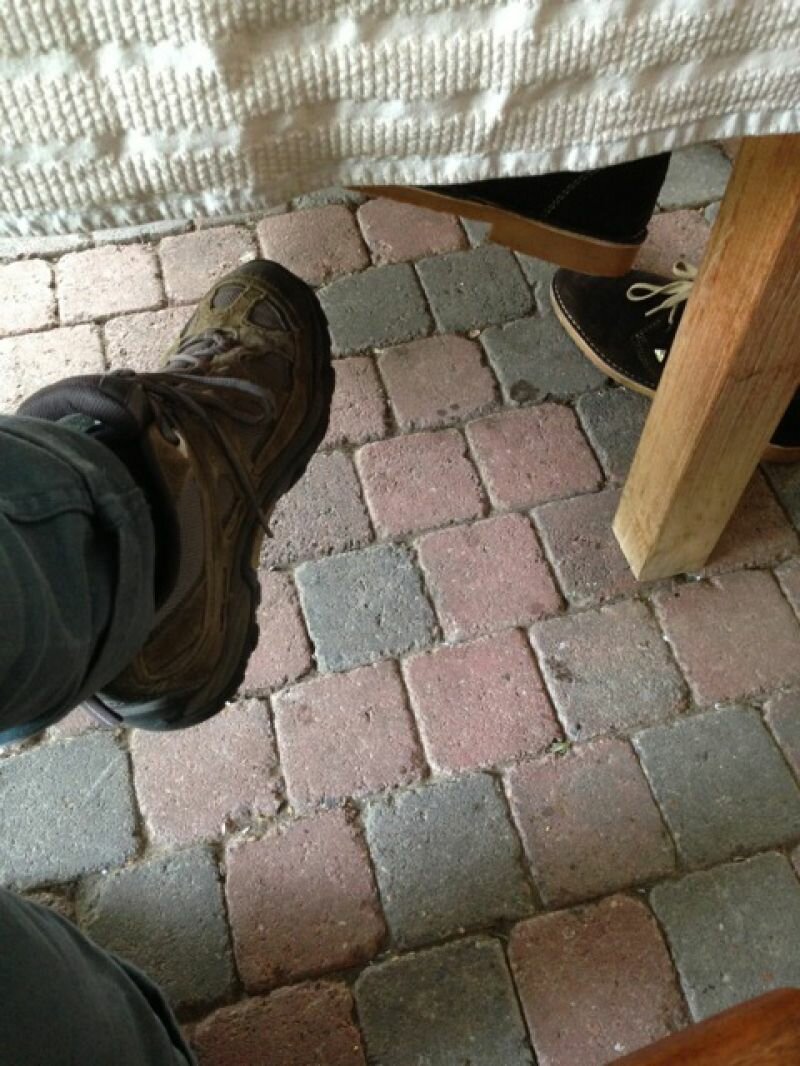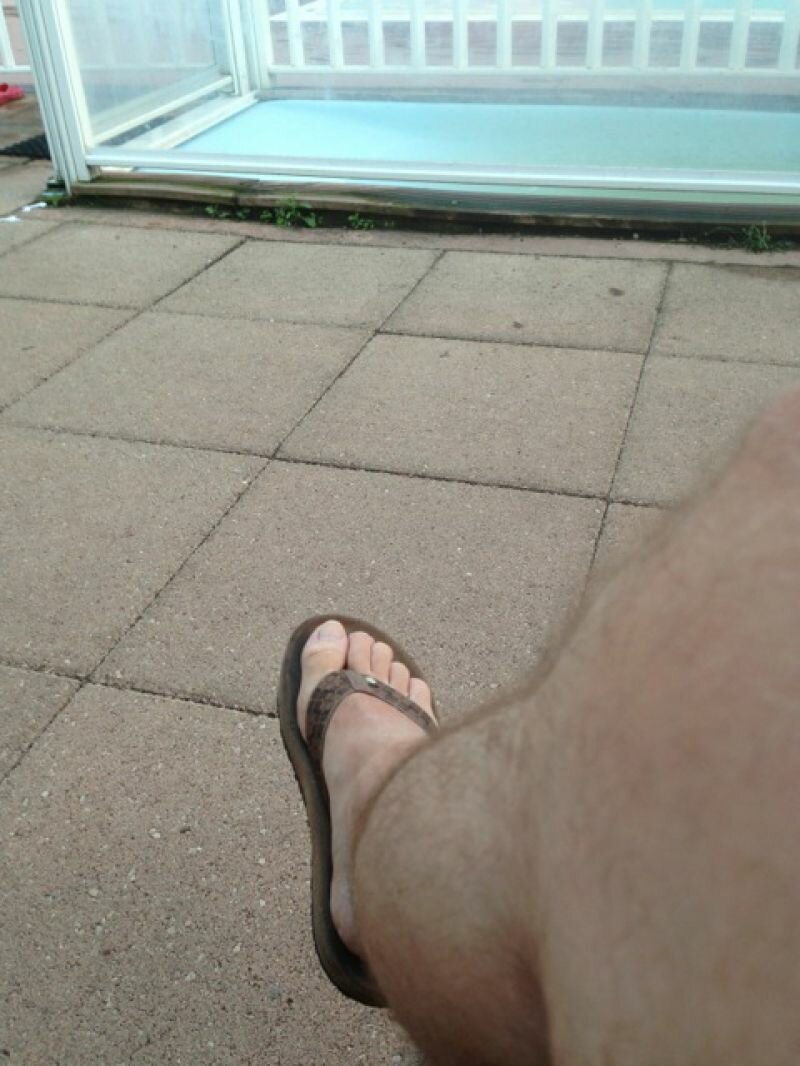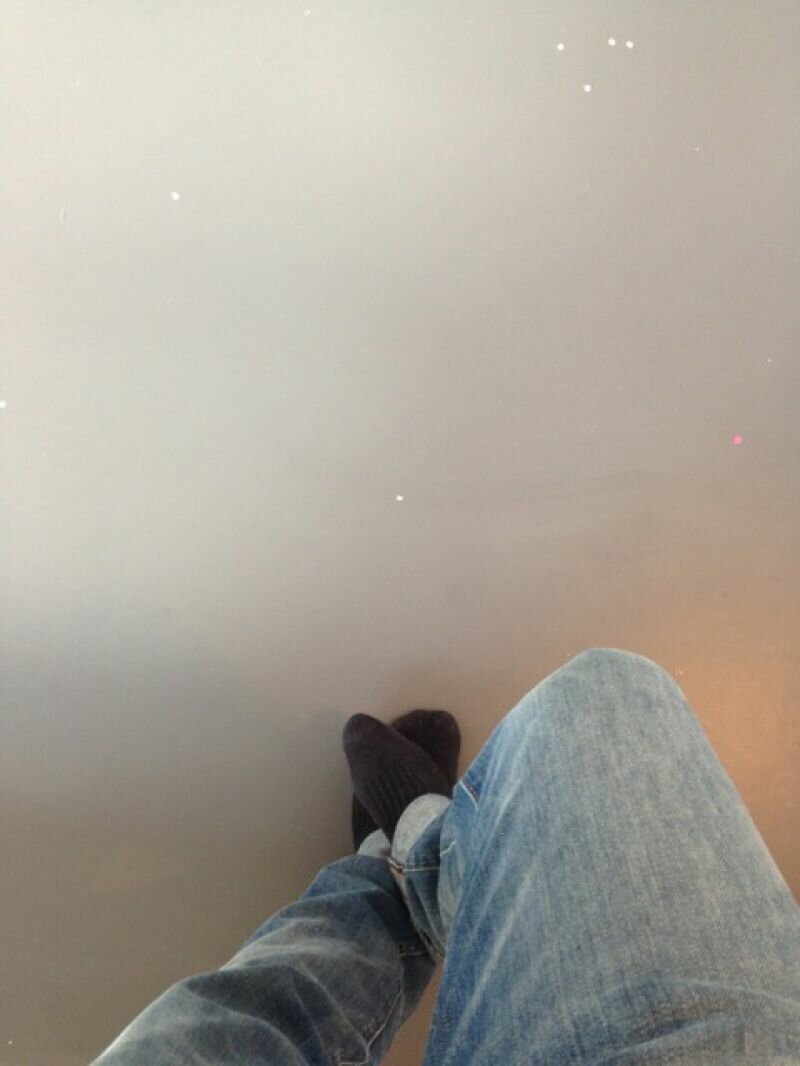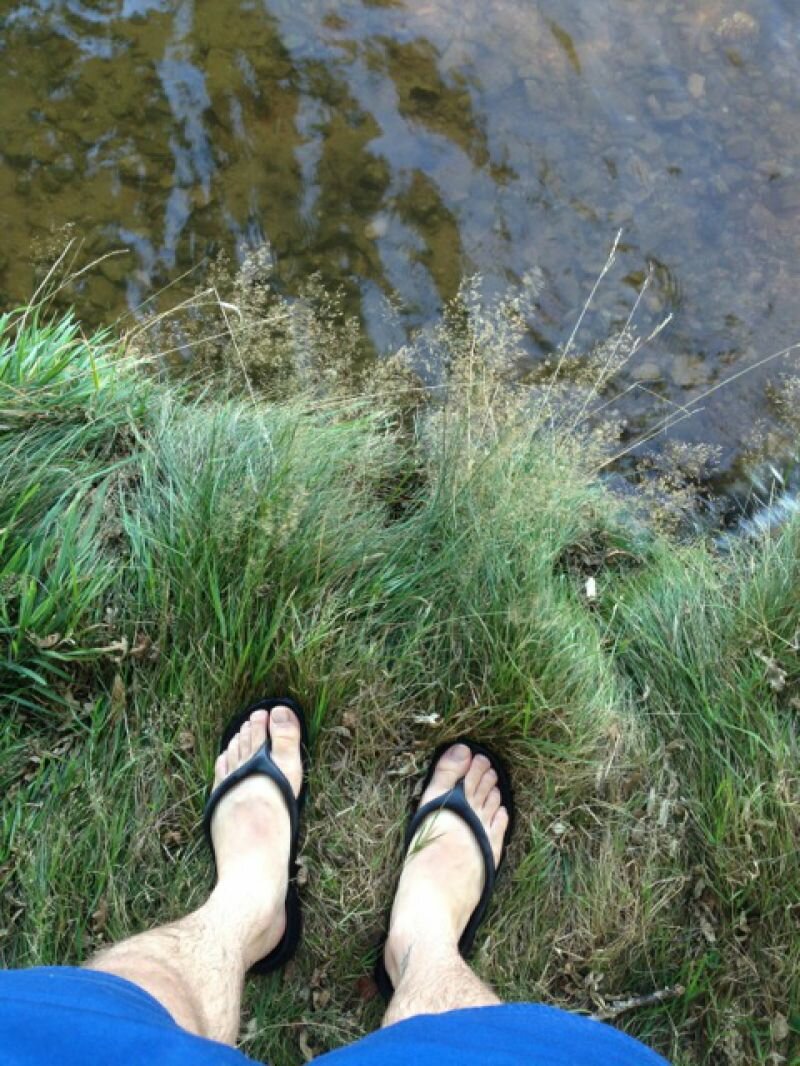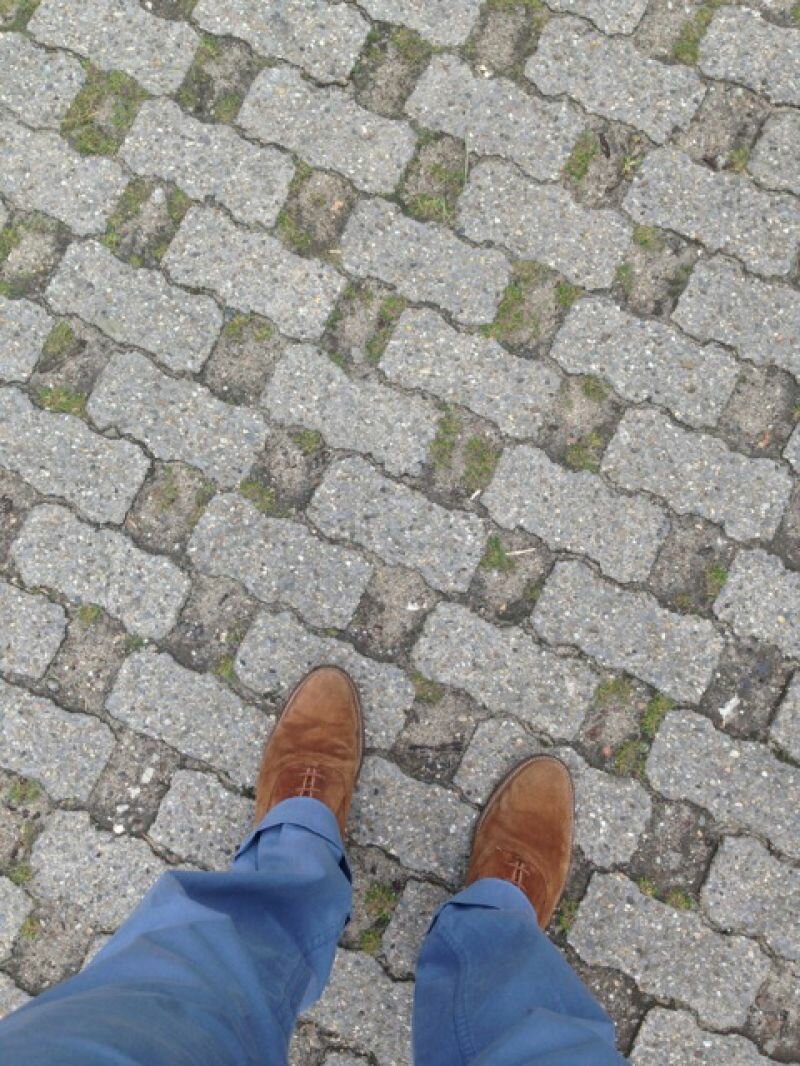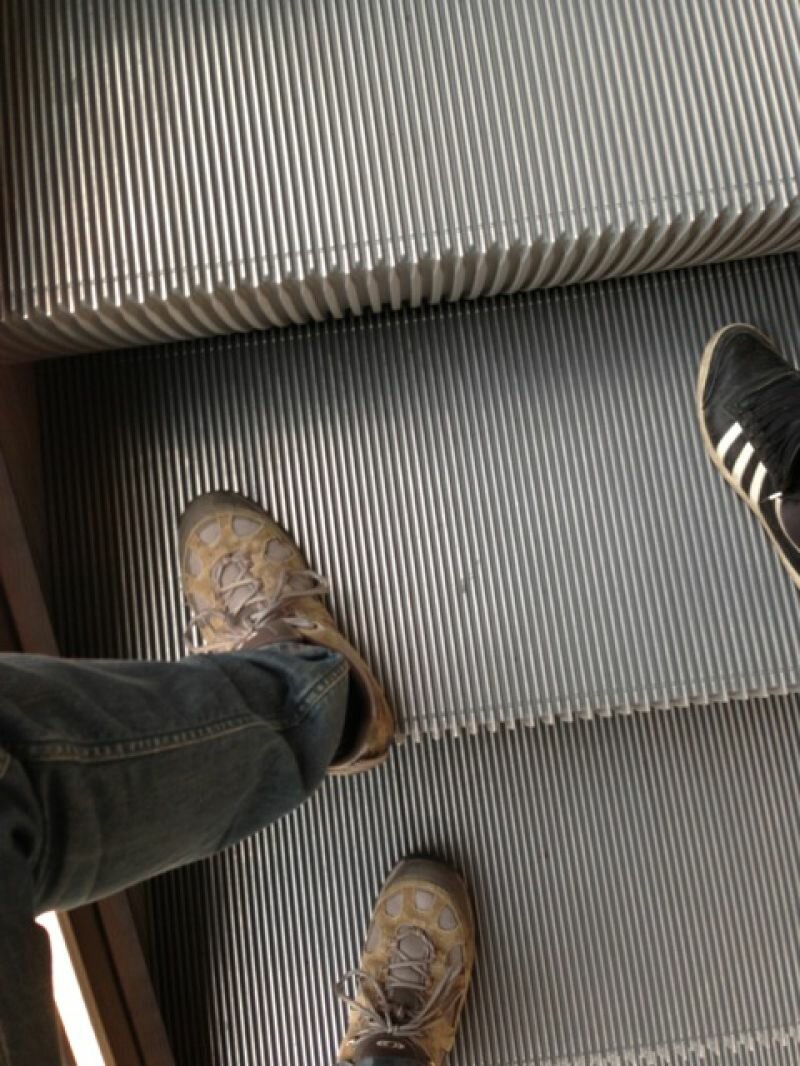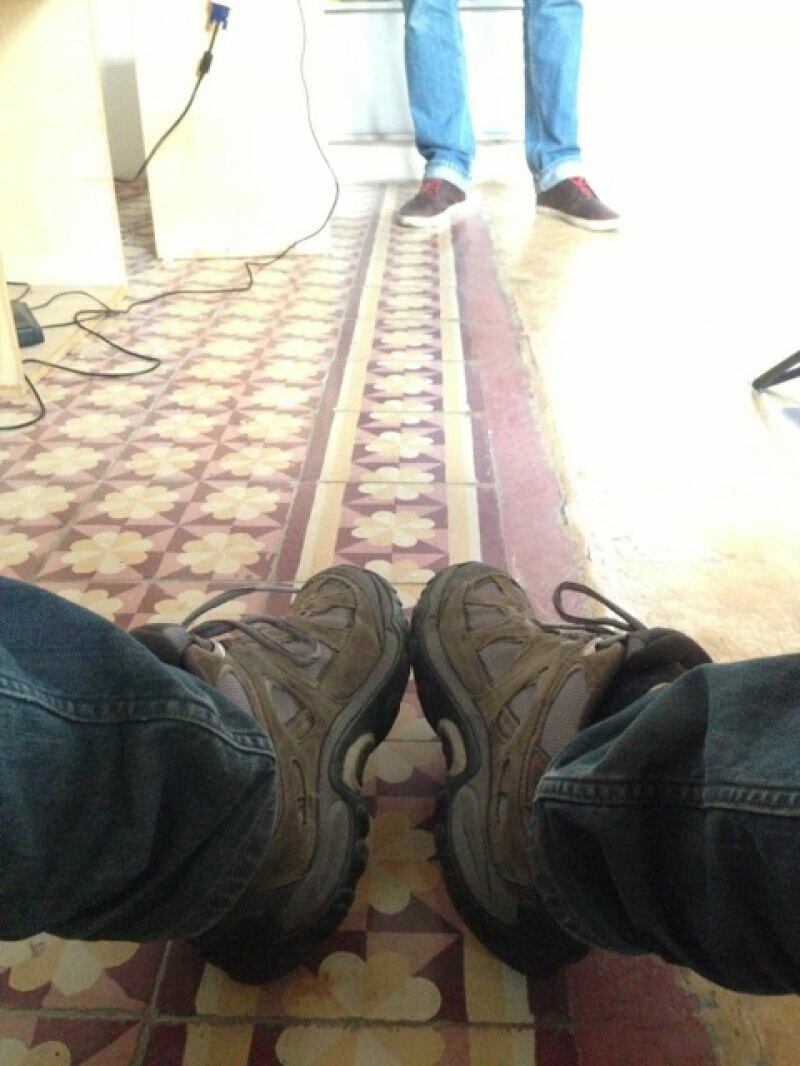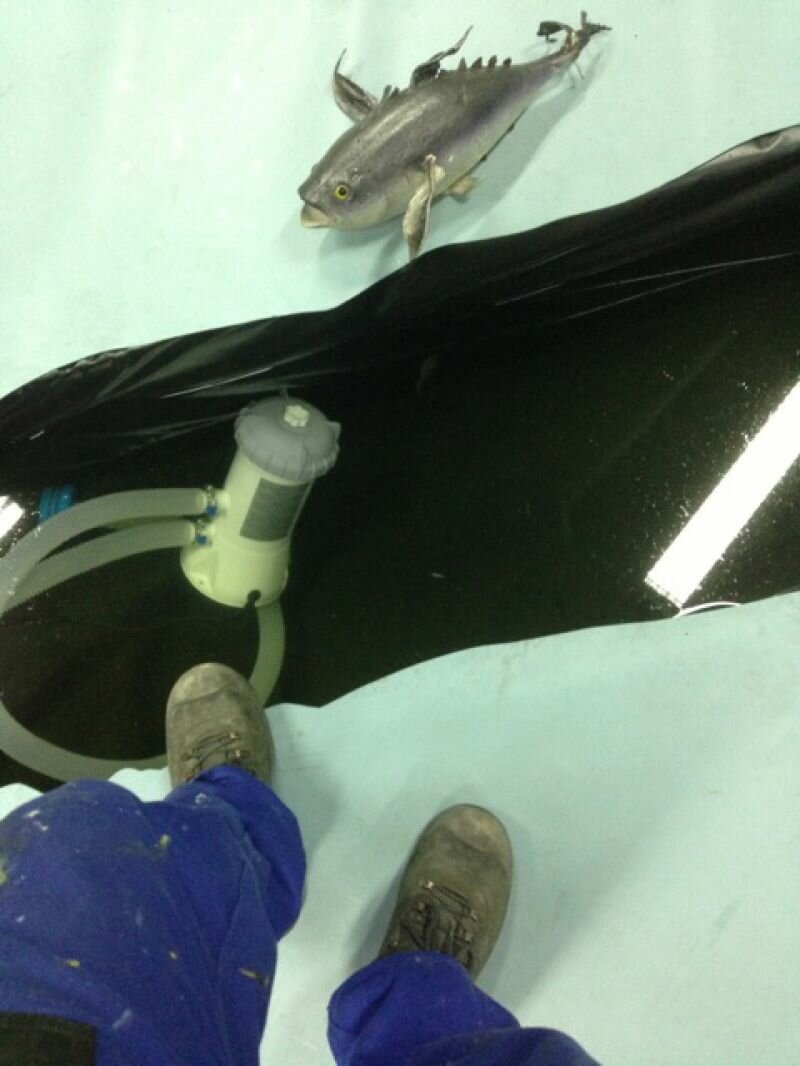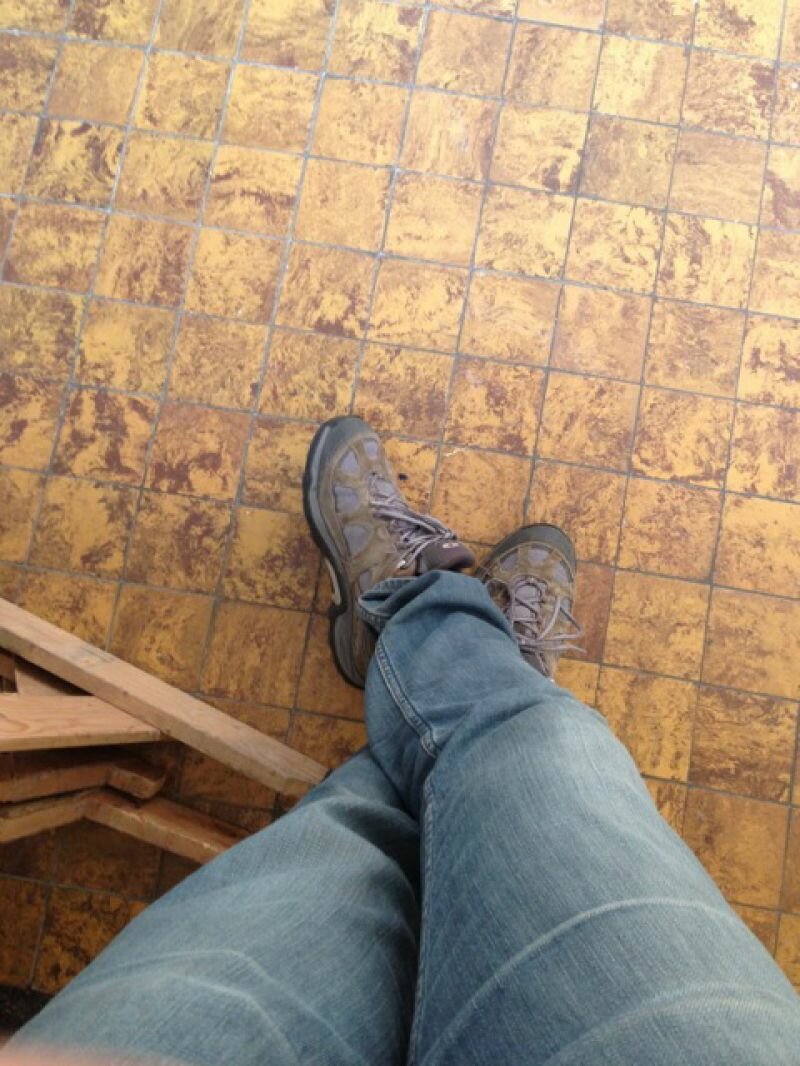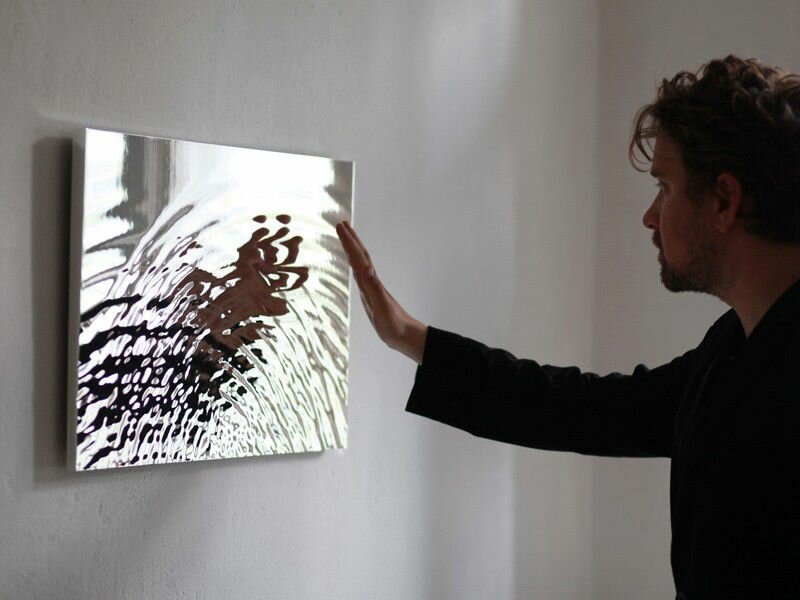
Vibration Mirror
Water sculpture
chromed polyurethan or polished aluminium
60 x 40 cm
Studio Fredrik Skåtar
© 2010 Fredrik Skåtar
This text concluded a lecture by Maartje Wortel in which she examines the concept of the autobiography and questions its existence.
In 1926, Luigi Pirandello wrote the novel One, No One & One Hundred Thousand. The first page of the story tells of the protagonist whose wife lets him know that his nose is slightly crooked. This fact, a characteristic of his physical appearance, is completely new to the protagonist. He was never aware of his nose being slightly crooked. From this day forwards, everything is completely different because it he realised that the way he saw himself is very different from the way that others saw him.
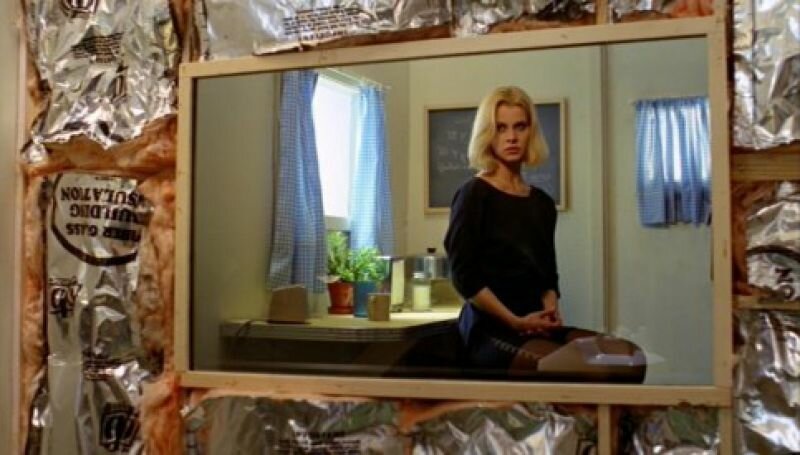
Scene from Wim Wenders' Paris, Texas
The protagonist, Moscarda, says:
The idea that the others saw me as one who was not I as I knew myself, one whom they could only know through watching me from outside with eyes that weren't mine, giving me an appearance fated to remain always an outsider’s to me, though for them it was inside me, mine, (a “mine” therefore that didn’t exist for me!); a life which, though for them it was mine, I couldn’t penetrate: this idea allowed me no peace.
How could I bear this outsider inside me? This outside that I was for myself? How could I remain forever doomed to carrying him with me, inside me, visible to others and beyond my vision?
What Pirandello is saying is that we attempt to give form to ourselves. Even though this might be very ambiguous, and maybe it’s not even very important. Through Pirandello, we could also conclude that the autobiography can’t possibly exist because the other always sees things differently. In one of Barbara Visser’s works, she introduces herself during a lecture as Barbara Visser, after which another woman enters the stage and also claims to be Barbara Visser. She says the first woman is an actress. When the third Barbara Visser makes her entrance, she too claims the other Barbaras to be actresses. It’s impossible to know who the real Barbara is and her very existence is brought into question. In the 2001, the Dutch newspaper NRC wrote that she not only wants to create confusion and to trump the viewers, but also to make use of reality, switching back and forth between different truths in order to question clichés, and to jolt the frameworks that we have accepted as truth.
The wonderful thing about art is that it allows you to escape from your very self. By making it, by looking at it, or by reading it. And I would gladly recommend it to all of you. And by that, I mean to assume as many faces all at once and to explore as much as you can. Especially in this day and age, where the Internet makes it more difficult to escape from yourself and to assume another identity.
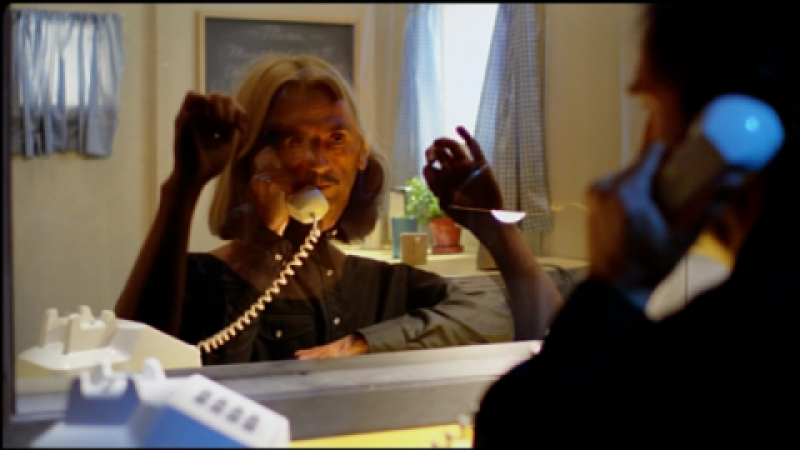
Scene from Wim Wenders' Paris, Texas
We tend to think that it’s getting easier. But all your details are in the open. Thanks to platforms like Facebook, we’re increasingly profiling ourselves, a development that governments and corporations are all too eager to make use of. This is why I make my case for fantasy and imagination. You can be whoever you want to be, you can cross borders, you can play around with your identity. Seeing who you are? Someone else can do that for you. Even if you’d prefer not to be looked at.
Of course you all have to decide for yourselves who you are and which way of working is best suited to you. Because even if you’re making autobiographical work, you probably won’t see things as they really are. As we’ve just seen, we don’t all see ourselves with the same eyes as the other.
This is why I’d like to close with a quote from the writer David Foster Wallace, from a lecture published in book form: This is Water.
There are these two young fish swimming along and they happen to meet an older fish swimming the other way, who nods at them and says, “Morning boys. How’s the water?” And the two young fish swim on for a bit, and then eventually one of them looks over at the other and goes, “What the hell is water?”
